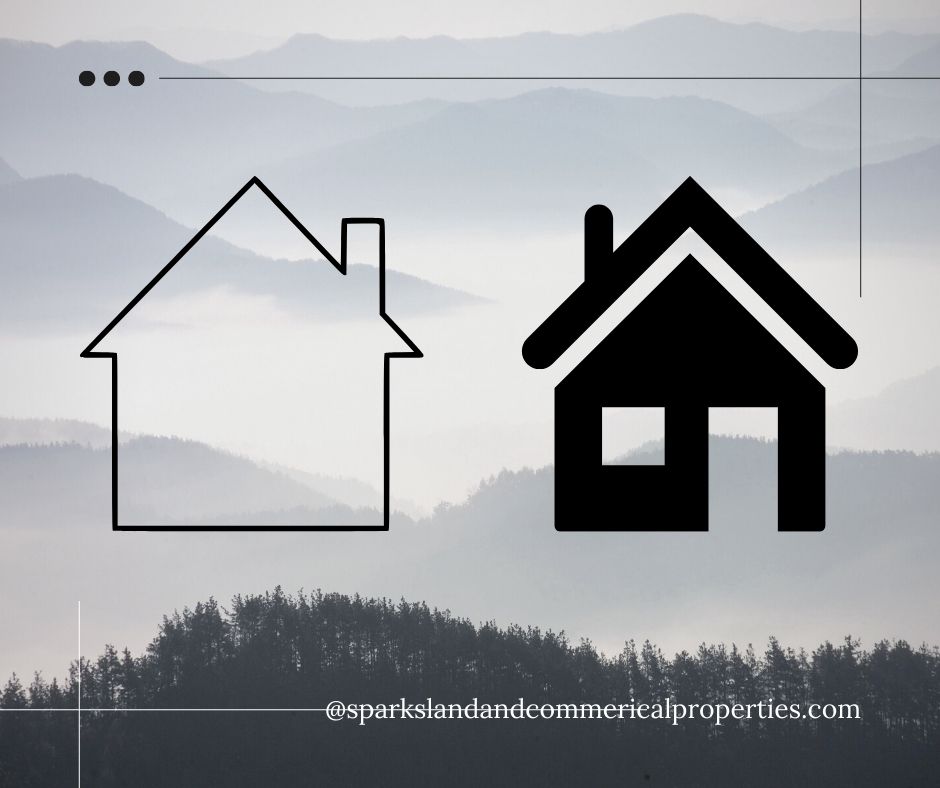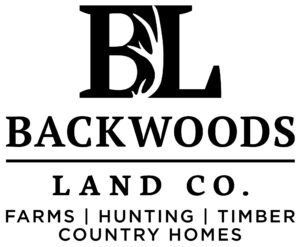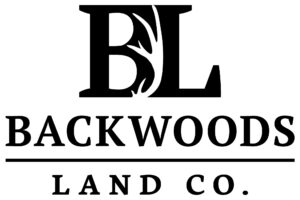
The relationship between the value of a building and the land it sits on is a complex one. The appreciation of a building is not solely dependent on the appreciation of the land it sits on, but rather a combination of factors that include the condition and improvements made to the building, the economic conditions of the surrounding area, and, of course, the cost of land.
Is it possible for building to appreciate in value while the land it sits on remains stagnant? It may seem counterintuitive, but it is definitely possible. The key to understanding this phenomenon is to remember that a building’s value is determined by a variety of factors, not just the land it sits on.
For example, you could put a lot money into renovating and upgrading a building, only to find out the value of the land it sits on hasn’t moved an inch. Similarly, you could keep the building in tip-top shape, but the value of the land remains stagnant. Even more ironic, the economic conditions of the surrounding area could be booming, yet the land value remains unchanged. But despite all this, the value of the building still increases.
If the land is the only driver of home values over time, then why on earth is a new constructed single wide over 100k in many cases today? Inflated building costs due to insane demand, historically low interest rates and a shortage of affordable housing to name a few.
In some cases, the value of the building may be determined by factors that are not related to the land, such as the historical or architectural significance of the building, or the zoning and usage restrictions of the land.
One reason is that improvements made to the building, such as renovations or upgrades, can increase the value of the building. For example, if a property owner invests in modernizing the building, such as installing new appliances or updating the plumbing and electrical systems, it can make the building more attractive to potential buyers or tenants, leading to an increase in value.
Another reason is the condition of the building. A well maintained building with good quality construction interiors and exteriors can be more desirable to buyers and tenants, leading to an increase in value, even if the land value remains stagnant. This is especially true with a well maintained high quality home in an historical district or somewhere where say for example are dominated by Victorian, Colonial and Tudor style homes. A certain buyer pool for this type of home may pay a premium for the design and construction itself depending on trends in the area.
The value of the building may be determined by factors that are not related to the land, such as the historical or architectural significance of the building, or the zoning and usage restrictions of the land.
When it comes to be land be the main or one of the main drivers in the increase of some values, the building quality and condition means less and the land goes up, especially in areas with much population and economic growth. As land prices soar, builders may find themselves in a difficult spot, struggling to acquire land to build homes on. This, in turn, may lead to builders passing on the increased cost to buyers in the form of higher home prices. But don’t worry, the fun doesn’t stop there! Builders may also have to resort to constructing homes on smaller plots of land, leading to even higher construction costs per square foot, due to the diminishing returns. It’s like a never-ending cycle of joy!
Additionally, when the cost of building materials increases along with rising land values, it can also cause builders to pass on these costs to buyers in the form of higher home prices, making it more difficult for buyers to afford a new home, decreasing demand for new homes, and driving up home values. When land prices increase with stagnating home values along with stagnant demand for new construction, it can also make it less profitable for developers to build affordable housing, leading to a decrease in the supply of affordable housing and driving up the overall cost of housing.
Oh, inflation! The gift that keeps on giving! High inflation can lead to some truly delightful situations such as sky high interest rates and unaffordable rental income. Not to mention, it can cause prices to drop and the value of a building to decrease, like a cherry on top of a sundae. And let’s not forget the joy of rising land values driving up construction costs, making it even more challenging for builders to acquire land and construct new homes, leading to higher home prices. A party in your bank account!
We can’t simply look at the cost of the land and assume that it directly correlates to the value of the building on it. No, the appreciation of a building is not solely dependent on the appreciation of the land it sits on. It’s a combination of factors that must be considered. Most of the time with real estate, when finding factors that influence value, we ned up digging much deeper than we what saw on the surface. And that’s probably not just true when it comes to valuing buildings and land, but in all aspects of life!
If you would like to book an appointment or call or text to just to have a chat, call, text or email at (662) 523-4603 ssparks@wwebb.com. Also visit my appraisal blog @ Home – Encompass Realty Solutions to find out more about your real estate appraisal options.

